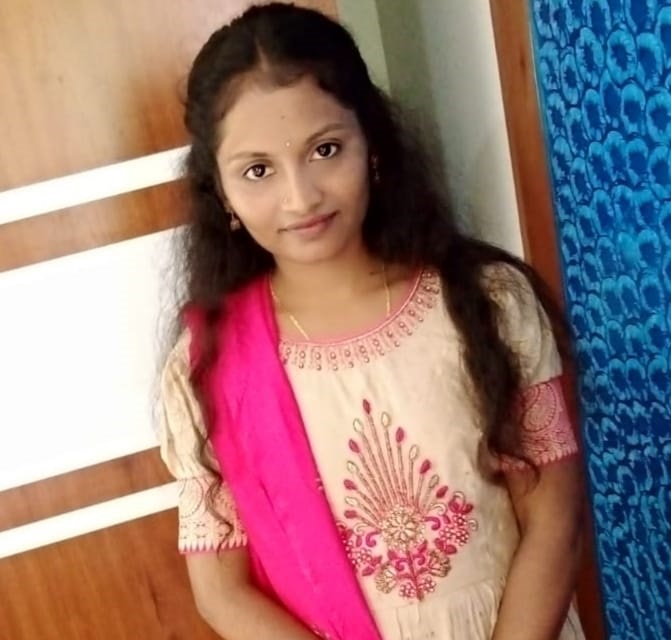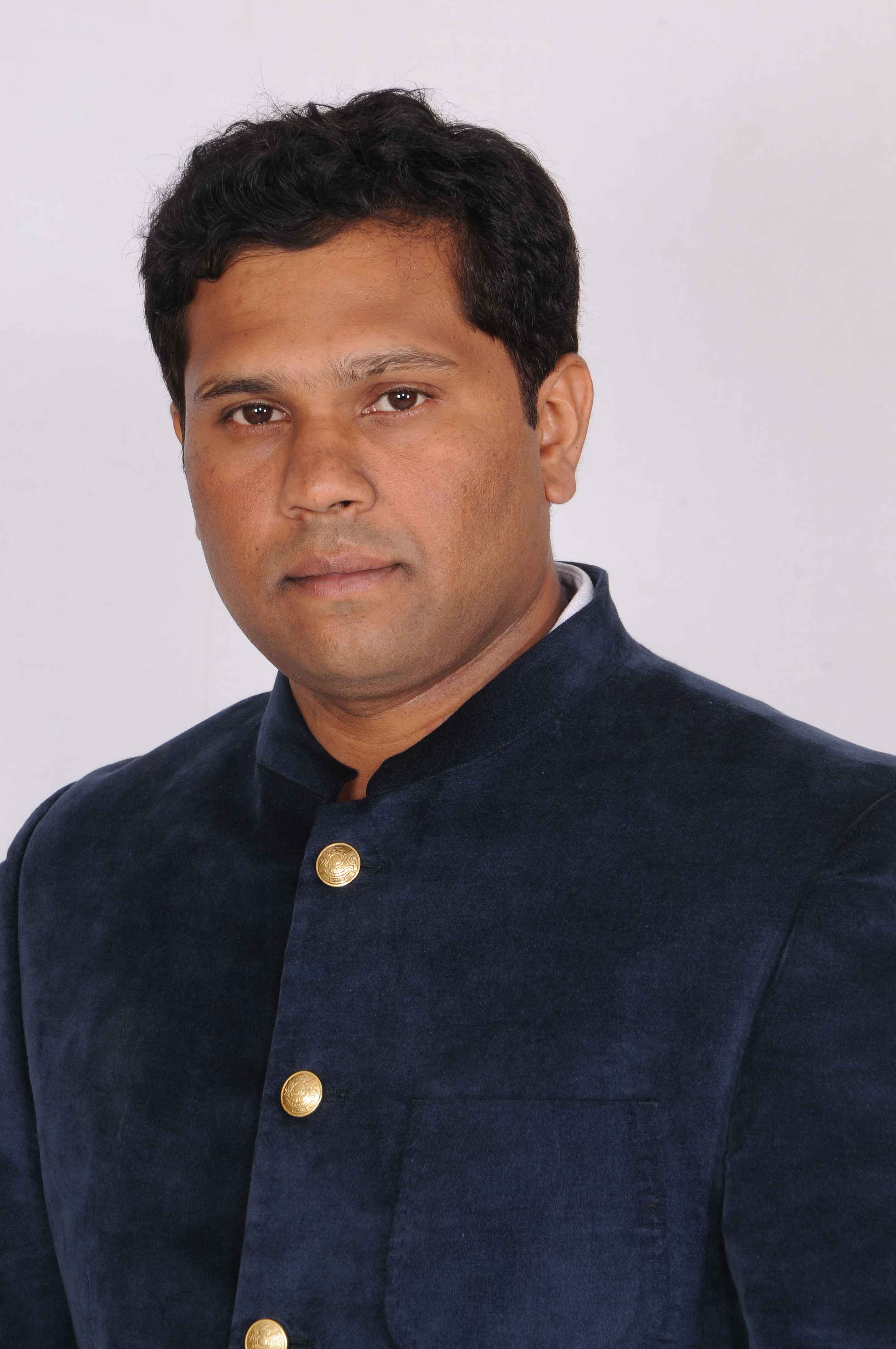Types of Indian Music
Types of Indian Music
Types of Indian Music include multiple varieties of Punjabi Music, classical music, folk music, filmi, Indian rock, and Indian pop. India‘s classical music tradition, including Hindustani music and Carnatic, has a history spanning millennia and developed over several areas. Music in India began as an integral part of socio-religious life.
India is a country known for its unity in diversity and different types of Indian music styles. India is made up of innumerable and varied cultures that inhabit various regions of the country. In every region of India, there is a different type of Indian music which makes it different from other countries. Though this country is made up of Twenty Nine States, each one having its mother tongue, culture, traditions, types of Indian music styles, and art forms, these states have varied regional cultures.
HINDUSTANI MUSIC: The convention of Hindustani music goes back to Vedic occasions where the hymns in the Sama Veda, an old religious content, were sung as Samagana and not recited. It separated from Carnatic music around the thirteenth fourteenth hundred years CE, principally because of Islamic influences.[citation needed] Developing solid and various customs for more than a few centuries, it has contemporary conventions set up essentially in India yet in addition in Pakistan and Bangladesh.
CARNATIC MUSIC: Carnatic music can be followed to the fourteenth – fifteenth hundreds of years AD and from that point. It began in South India during the standard of the Vijayanagar Empire. Like Hindustani music, it is melodic, with ad-libbed varieties, however, will in general have progressively fixed synthesis.
BHANGRA AND GIDDHA: Bhangra is a type of move situated people music of Punjab. The present melodic style is gotten from non-conventional melodic backup to the riffs of Punjab called by a similar name. The female move of Punjab district is known as Giddha.
BIHU OF ASSAM: Bihu is the celebration of the New Year of Assam falling in mid-April. This is a celebration of nature and mother earth where the main day is for the dairy animals and wild oxen. The second day of the celebration is for the man. Bihu moves and melodies joined by conventional drums and wind instruments are a basic piece of this celebration. Bihu tunes are enthusiastic and with beats to respect the happy spring.
DANDIYA: Dandiya or Raas is a type of Gujarati social move that is performed with sticks. The present melodic style is gotten from the conventional melodic back up to the people's movement. It is rehearsed essentially in the territory of Gujarat. There is likewise another kind of move and music related to Dandiya/Raas called Garba.
JHUMAIR AND DOMKACH:Jhumair and Domkach are Nagpuri society music. The melodic instruments utilized in people's music and move are Dhol, Mandar, Bansi, Nagara, Dhak, Shehnai, Kartal, Narsinga, and so forth.
LAVANI: Lavani originates from the word Lavanya which signifies “excellence”. This is one of the most well-known types of move and music that is rehearsed all over Maharashtra. It has, truth be told, turned into an important piece of the Maharashtrian people's move exhibitions. Customarily, the tunes are sung by female specialists, yet male craftsmen may at times sing Lavonia.
RAJASTHAN: Rajasthan has a differing social gathering of artist ranks, including Langas, Sapera, Bhopa, Jogi, and Manganiyar (lit. “the ones who ask/ask”). Rajasthan Diary cites it as deep, full-throated music with agreeable decent variety.
SUFI ROCK: Sufi people shake contains components of the present-day hard shake and conventional society music with Sufi verse. While it was spearheaded by groups like Junoon in Pakistan it turned out to be famous, particularly in north India. In 2005, Rabbi Shergill discharged a Sufi shake tune called “Bulla Ki Jaana”, which turned into a diagram topper in India and Pakistan. All the more as of late, the Sufi society shakes tune “Bulleya” from the 2016 film Ae Dil Hai Mushkil turned into a mammoth hit.
UTTARAKHAND MUSIC: Uttarakhandi people's music had its root in the lap of nature and the uneven landscape of the locale. Basic topics in the social music of Uttarakhand are the magnificence of nature, different seasons, celebrations, religious conventions, social practices, people stories, authentic characters, and the fortitude of predecessors.


